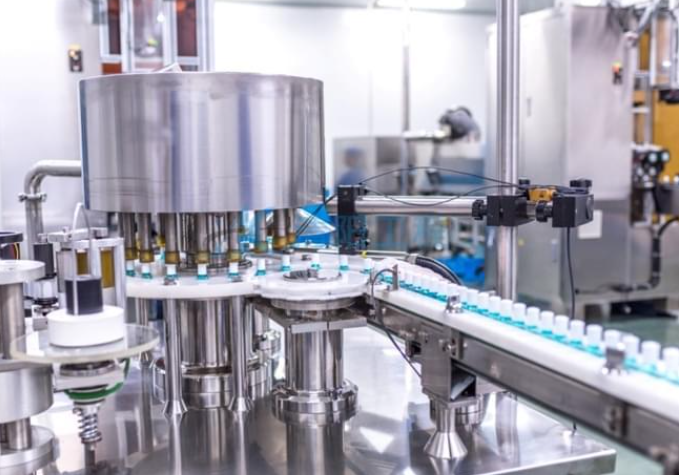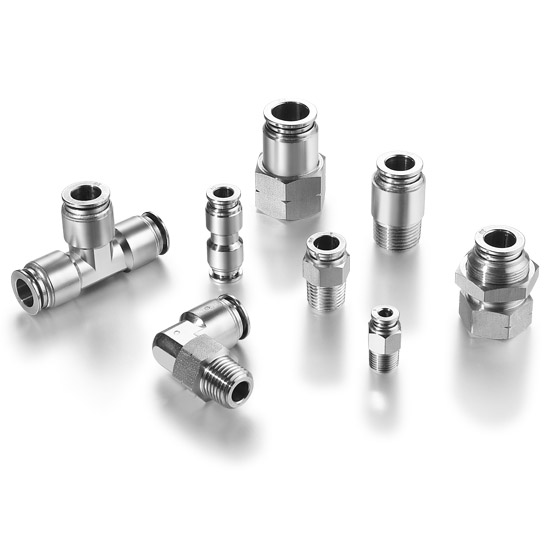1. What are the benefits to use pneumatic systems for medical industry?
As the medical device and life sciences industries continue to advance, the need for reliable, high-performance fluid dispensing systems has never been greater. One technology that has emerged as a go-to solution is pneumatic actuation. Pneumatic systems, which utilize compressed air or inert gases to power and control fluid movement, offer a range of benefits that make them ideally suited for medical and pharmaceutical applications.

A. Precise Fluid Control
Precision is paramount when it comes to the preparation and delivery of medical fluids, whether for diagnostic tests, drug formulations, or other critical applications. Pneumatic systems excel in this regard, providing exceptional control over flow rates, volumes, and pressures. This level of precision helps ensure the accuracy and consistency of the final product, which is essential for patient safety and efficacy.
B. Reduced Contamination Risk
Minimizing the risk of contamination is a top priority in the medical and life sciences sectors. Pneumatic systems, which rely on clean, filtered air or gases, offer a significant advantage over alternative technologies that may introduce particulates or microbes into the fluid path. This helps maintain the integrity of sensitive solutions and reduces the need for extensive cleaning and sterilization procedures.
C. Improved Safety
The inherent safety features of pneumatic systems make them well-suited for use in medical environments. Pneumatic components operate at lower temperatures and pressures compared to electric or hydraulic systems, reducing the risk of equipment failure or operator injury. Additionally, pneumatic systems can be designed to be explosion-proof, an important consideration when handling flammable or volatile solvents.
D. Scalability and Flexibility
The modular nature of pneumatic systems allows for easy scalability, enabling medical device and pharmaceutical manufacturers to adapt their fluid dispensing capabilities to meet changing production demands. This flexibility is crucial in an industry where product development timelines and market needs can shift rapidly.
E. Reduced Maintenance
Pneumatic systems generally have fewer moving parts and require less maintenance than their electric or hydraulic counterparts. This translates to lower operating costs and less downtime, allowing medical device and pharmaceutical companies to focus on their core business objectives.
2. Which pneumatic products are used for Medical Dispenser?
Some common pneumatic products used in medical fluid dispensing equipment include:
A. Pneumatic Valves
- Solenoid valves: Provide precise control over fluid flow and are often used for automated dosing and dispensing.
- Diaphragm valves: Can handle a wide range of fluids and offer reliable on/off control.
- Pinch valves: Gently pinch the fluid line to regulate flow without contacting the fluid.
B. Pneumatic Actuators
- Rotary actuators: Used to precisely control the motion and position of fluid dispenser components.
- Linear actuators: Provide linear motion to operate syringes, pistons, or other dispenser mechanisms.
C. Pneumatic Regulators and Filters
- Pressure regulators: Maintain consistent air pressure to the dispenser, ensuring accurate and repeatable fluid delivery.
- Air filters: Remove contaminants from the compressed air supply, protecting the pneumatic components and fluid path.
D. Pneumatic Tubing and Fittings
- Medical-grade tubing: Made from materials compatible with various fluids and sterilization methods.
- Quick-connect fittings: Allow for easy setup and changeover of dispenser components.


E. Pneumatic Controllers and Interfaces
- Programmable logic controllers (PLCs): Provide advanced control and automation for multi-stage dispensing operations.
- Human-machine interfaces (HMIs): Allow operators to easily program, monitor, and adjust the pneumatic dispenser parameters.
These pneumatic components work together to create precise, reliable, and contamination-resistant fluid dispensing systems for a wide range of medical and pharmaceutical applications, such as:
- Diagnostic test kit assembly
- Pharmaceutical formulation and filling
- Wound care product manufacturing
- Ophthalmic and dental material dispensing
The versatility and performance of pneumatic technology make it a popular choice for medical device and pharmaceutical manufacturers seeking to improve their fluid dispensing processes.

